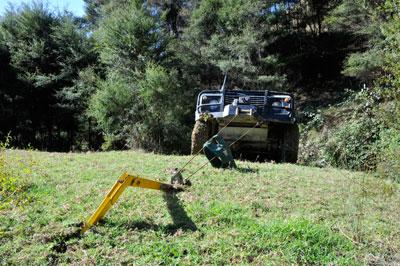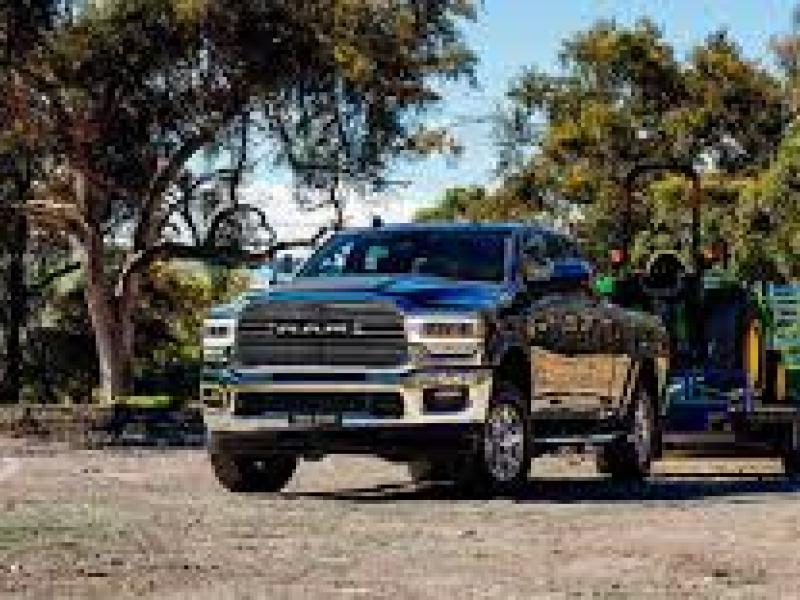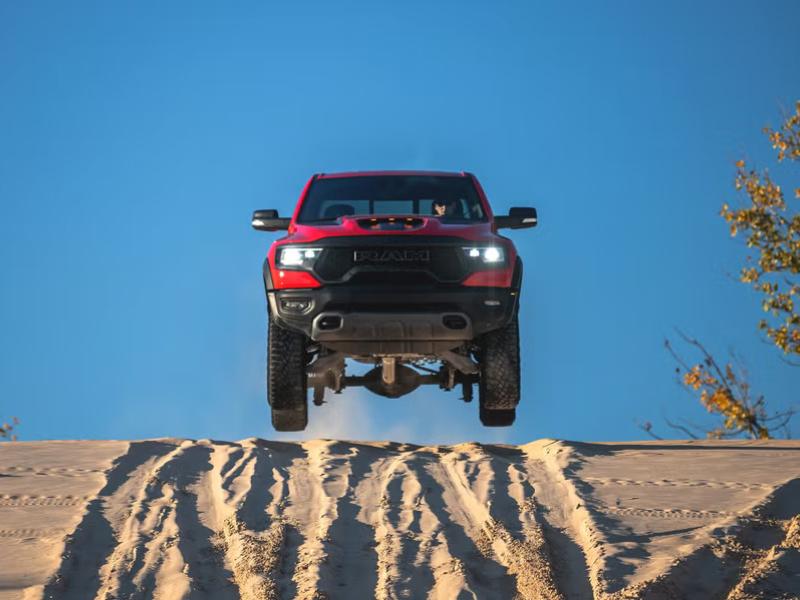You know all about it when you don’t have enough recovery gear with you or don’t quite know what you’re doing. It can mean walking away from a stricken vehicle with your tail between your legs – you never know what might happen out there. Vehicle recovery is a huge topic, so we’ve chosen to look at a few real-world examples we hope you find interesting and useful.
I was once driving a 2007 Defender 110 in Wales. I was following a 2005 Wrangler, which was equipped with a winch. Conditions were wet and muddy and we’d found a very rough section of track that offered some deep ruts and water-filled holes with steep, slippery exits and entries.
The Jeep cruised toward one of the aforementioned holes. The driver must have taken his eye off the ball and the next thing I saw was the back wheels rising sharply into the air as the Jeep’s nose took a dive. The Wrangler’s six cylinder petrol engine sucked in a good amount of water and choked.
With the vehicle resting vertically on its nose the winch was buried deep in the thick sludge and was useless to us. The Defender wasn’t equipped with a winch so we thought we’d try a snatch. I didn’t hold out much hope. A pull from the front turned out to be a waste of time; the vehicle was just too dug in. We tried it from the back but the Defender simply spun its wheels. As darkness fell and the rain intensified I manoeuvred over the ruts of the track, slipping and sliding, and soon found myself with no traction at all. Time for the shovel. Time for rocks and stones placed under the wheels. Time to admit defeat.
With a high level of sheepish embarrassment and no mobile phone coverage we collected our stuff and walked away from both vehicles. It was a first for everyone. We weren’t prepared enough and we knew it. We walked a couple of miles and called a taxi – we were lucky not to be further from civilisation.
The next day one of our local mates was called in to help recover the vehicles. He was driving an 80 Series Land Cruiser with a 9,500lb Superwinch. He smiled when he saw what we’d done. “Welcome to Wales, lads,” Dave chuckled. He set himself about 30 metres from the Wrangler on firm ground away from the deep track and, at an angle of about 20 degrees but square to his vehicle, began pulling the Wrangler. The water and mud suction added ‘weight’ to the vehicle but eventually the front left corner of the Jeep came up and Dave shifted the Land Cruiser square to the Wrangler, eventually winching it out of the hole.
The Defender was much easier to recover. We had a good nylon snatch strap – a preferred option over polypropylene or polyester ones, which have no stretch in them and therefore don’t work as well in this situation; they do work well as a winch extension strap, though. A nylon webbing strap will stretch up to 46 per cent before breaking, and this elasticity allows it to absorb and transfer energy.
Ashley Lucas once described the snatch process like this: “As you drive away [from the stuck vehicle] the recovery strap stretches like a rubber band. The strap wants to go back to its normal size, so it has no other choice than to transfer the energy to the stuck vehicle, pulling it out.” He also noted that “as a general rule of thumb, each inch of strap width will allow you to pull out about 10,000lb (4,500kg). Why not go all the way up to a six inches? The strap becomes less elastic the wider it gets, which means it will not work properly. Typically a 2in or 3in recovery strap will suit all of your needs.”
We connected the strap to both vehicles with rated shackles, leaving about two metres of slack. Dave was directly in front of the Land Rover and gave the Toyota a decent bit of gas, pulling the strap taut. With a bit of throttle the Defender lurched out of the deep, soupy ruts onto firm ground.
Quite simply, we weren’t fully prepared for that Welsh track. We had a shovel and a snatch strap with shackles, but that wasn’t enough with the winch out of commission. We should perhaps have had another winch with us considering the rough terrain, a hand winch would have been a good idea, traction ramps would have helped the Defender, and a Hi-Lift jack would have been useful as a winch. The Jeep had a polyester winch extension strap on board, but our snig chain was with the Hi-Lift 200 miles away. With the right gear we’d have anchored to a tree or ground anchor and hand winched out with the Hi-Lift; the technique is described in Ashley’s Torquetalk column at the back of this issue and is well worth learning – because you can’t always rely on a winch or a kind Welshman to get you out of trouble.
A few weeks ago Ashley and I were in Waikato to recce an Onewhero farm that plays host to winch challenge events. We decided to get his Land Rover 90 stuck so we could practise a couple of recovery techniques, and he drove into a winch challenge section. He dropped down a very steep bank to enter a stream, putting the front left wheel into some deep mud and the right onto slippery rocks, turning sharply to become cross-axled and losing all traction with the front hard against the opposite bank…







